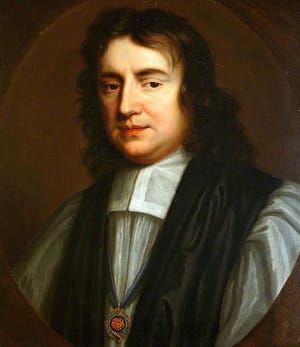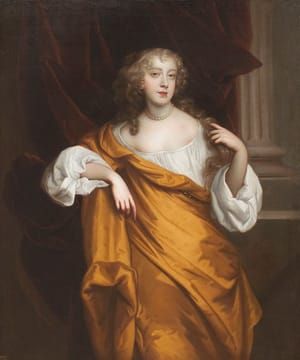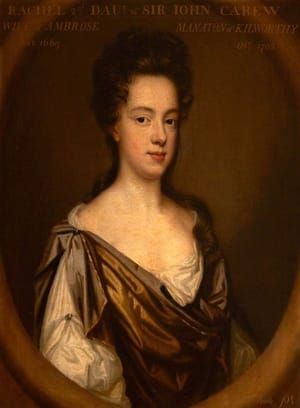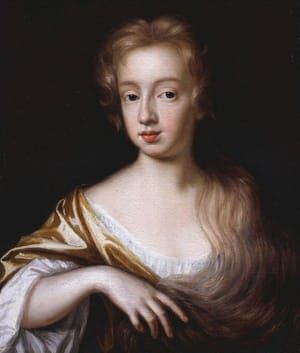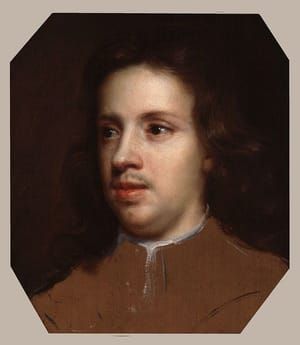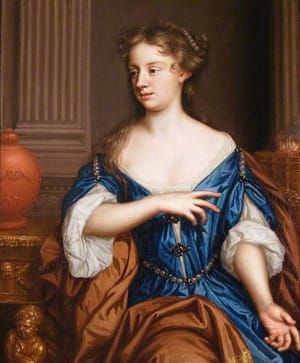
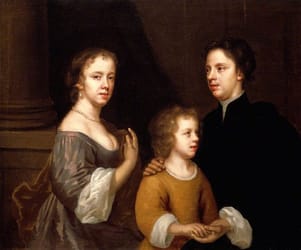
Self Portrait of Mary Beale with Her Husband and Son
Mary Beale
Mary Beale painted portraits in the 17th century. Her portraits are as flawless as they are expressive and years ahead of their time. She has been noted as being one of the most prominent portrait artists of the time and left a legacy of female painters for centuries. Even in the 1600s, women painters showed that they had the goods.
[http://www.houstonpress.com/content/printView/6381527]
"Unlike other painters of that era, she tried to understand her sitters, rather than glorifying them. She didn't claim to be extraordinary, but she was. She never claimed to be the first woman to make a living by her brush, but she was.”
This is how Germaine Greer described Mary Beale, speaking at the dedication of a memorial tablet for her at St James's Church London, where she is interred.
...I first became interested in Mary Beale when researching for my book The Lady’s Slipper, which is about a woman artist of the same period. My interest was aroused by Germaine Greer’s other comment about Mary Beale, which was that ‘she wasn't interested in flattering the nabobs and potentates who surrounded the court.' This made me think Mary must have been an independent spirit ahead of her time, and made me curious about this 17th century woman who had broken into the male-dominated world of portraiture.
Mary had two extraordinary relationships in her life, the first with her father and the second with her husband. Mary was the daughter of John Cradock, a puritan rector from Suffolk. Her mother, Dorothy, died when she was only ten, so she was heavily influenced by her father John, who was an amateur painter, and member of the Painter Stainer’s company.
...And looking at her portraits, a great sense of the personality of the sitter is apparent, particularly in her loving portrait of her husband, Charles, who she married in 1652 at the age of eighteen.
Some might describe Charles as a “new man”, as he gave up his previous occupation in the respectable Patents Office to join her in her studio to prepare her canvases and mix her paints. He experimented with pigments and became an expert in the field, sometimes selling his ideas from his “tryalls” to other artists. His experiments bordered on the alchemical, and it is clear from his notebooks that it was interest not necessity that made Mary and Charles such a good partnership.
As Mary became a semi-professional portrait painter in the 1650s and 1660s, working from home, first in Covent Garden and later in Fleet Street, Charles would write up detailed notebooks in which he customarily referred to his wife as 'Dearest Heart' and described the sittings, the sitters and his own technical discoveries. Sadly the majority of his notes have been lost...
[http://hoydensandfirebrands.blogspot.nl/2010/08/mary-beale-by-dee-swift-guest-blogger.html]
Uploaded on by Suzan Hamer
Mary Beale
artistArthur
Wait what?



